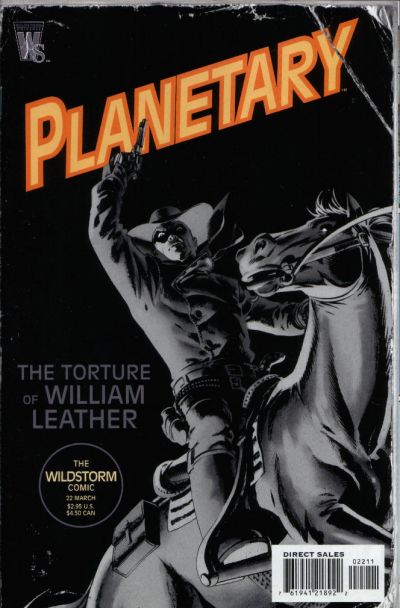Written and directed by Angela Robinson, Professor Marston and the Wonder Women (2017) is a fascinating biopic that focuses on the life of psychology professor William Moulton Marston, famous for his contributions to the invention of the lie detector but, above all, for being the creator of Wonder Woman. Robinson portrays the unconventional nature of Marston and his complex and polyamorous relationships with his wife and his former student. Notions of feminism and sexual freedom were still unpopular in the early 40s, and yet Marston was able to create a successful female heroine while subtly introducing references to bondage, sadomasochism and lesbianism in the pages of the comic book. Robinson’s profound psychological journey is complemented by top notch acting by Luke Evans (Dracula Untold), Rebecca Hall and Bella Heathcote.
________________________________________________________________________________________________
________________________________________________________________________________________________
En noviembre tuve tiempo para ver 2 películas. En Atomic Blonde (2017), David Leitch adapta la novela gráfica de Antony Johnston. La protagonista es Charlize Theron (Mad Max: Fury Road), una espía que tiene la difícil tarea de obtener información confidencial en Alemania, semanas antes de la caída del Muro de Berlín, y para eso necesita reclutar al deshonesto agente secreto James McAvoy (X-Men: Apocalypse). Atomic Blonde es una producción muy entretenida y llena de acción que os mantendrá despabilados. El reparto también incluye a John Goodman, Toby Jones y Bill Skarsgård.
Escrita y dirigida por Angela Robinson, Professor Marston and the Wonder Women es una fascinante película autobiográfica que se centra en la vida del profesor de psicología William Moulton Marston, famoso por sus contribuciones a la invención del detector de mentiras pero, sobre todo, por ser el creador de Wonder Woman. Robinson retrata la naturaleza poco convencional de Marston y sus relaciones complejas y poliamorosas con su esposa y su exalumna. Las nociones de feminismo y libertad sexual aún eran impopulares a principios de los 40s, y aún así, Marston pudo crear una heroína femenina exitosa al tiempo que introducía sutilmente referencias a la dominación sexual, el sadomasoquismo y el lesbianismo en las páginas del cómic. El profundo viaje psicológico de Robinson se complementa con la actuación de primer nivel de Luke Evans (Dracula Untold), Rebecca Hall y Bella Heathcote.





















